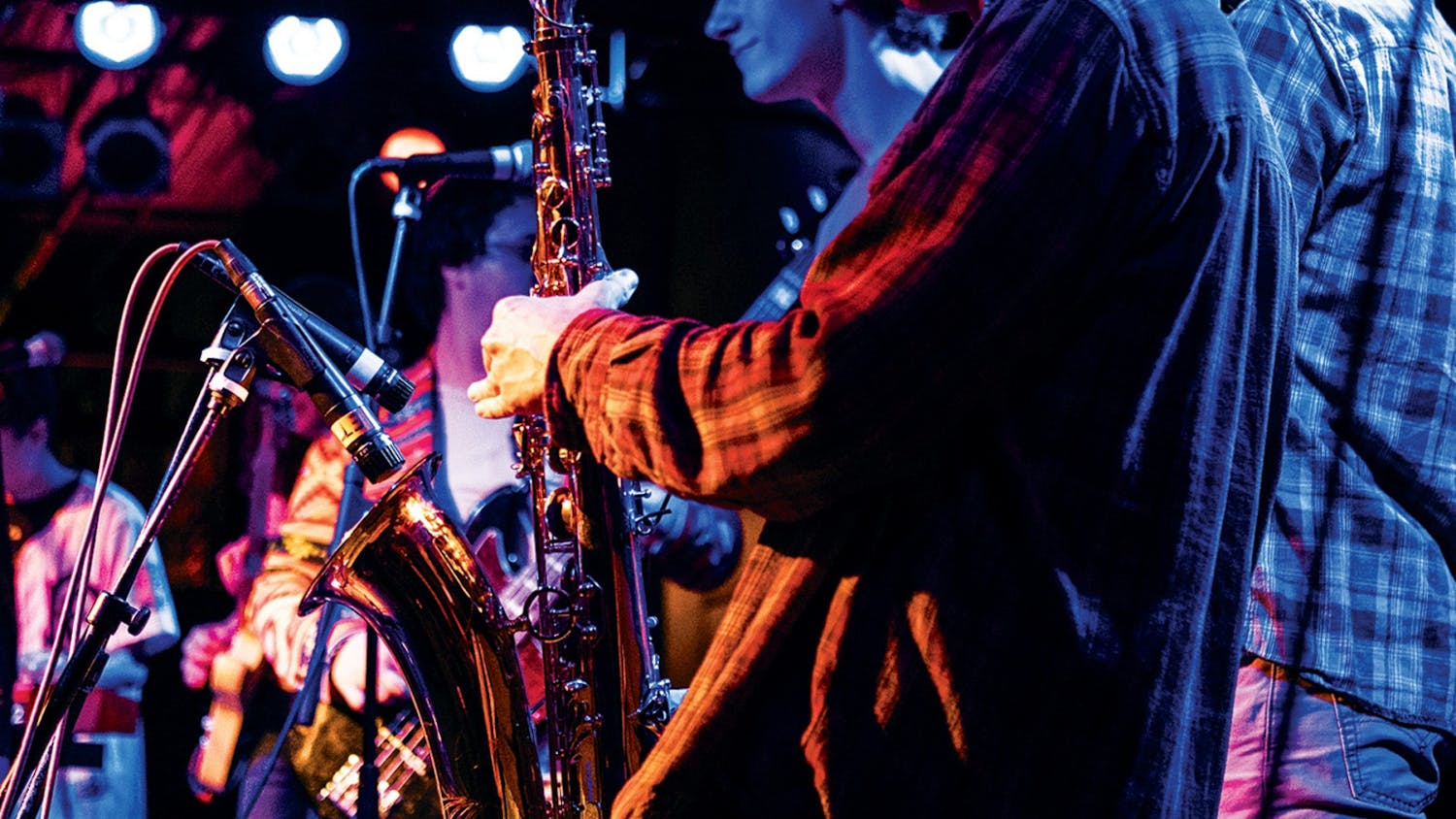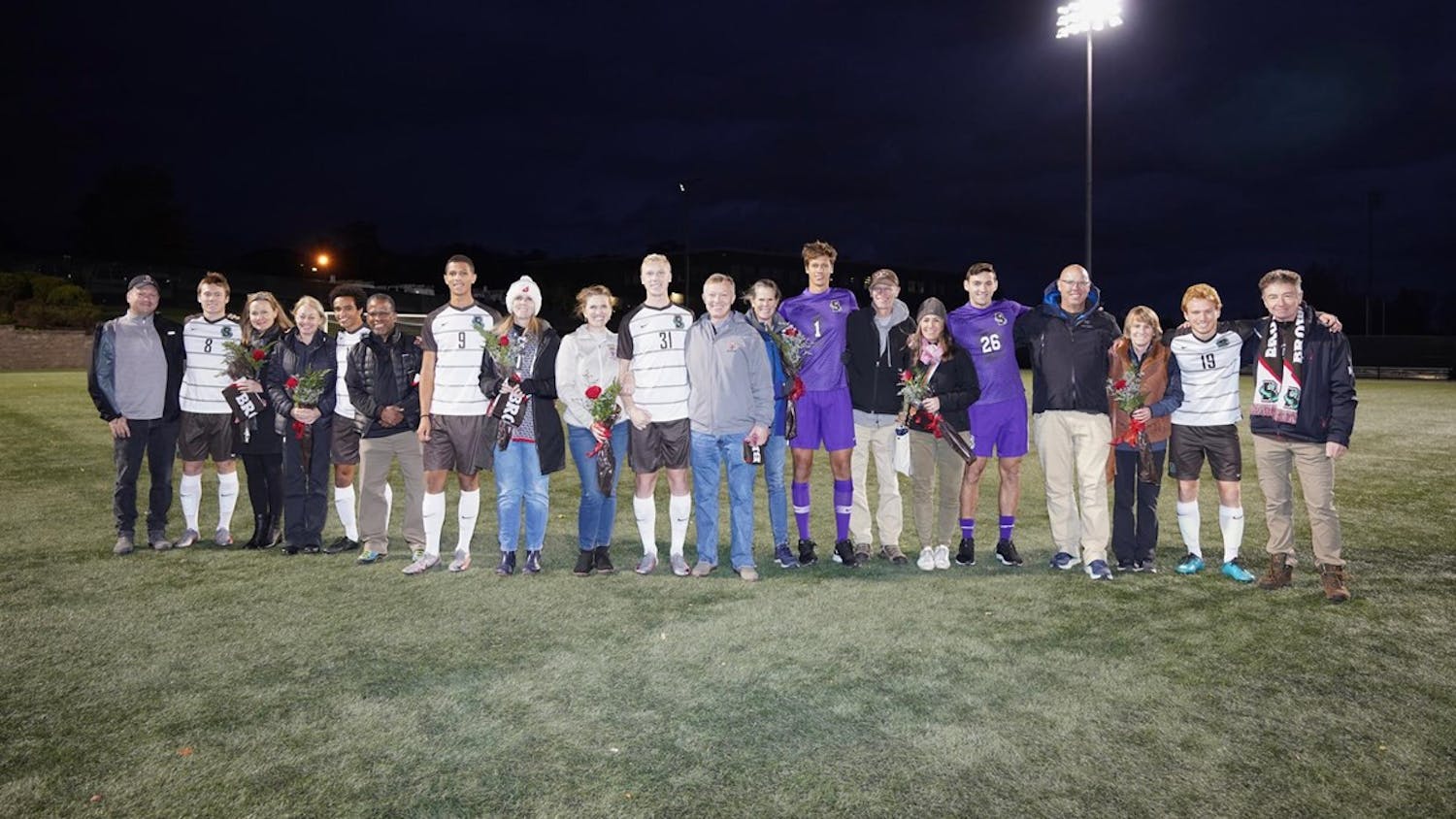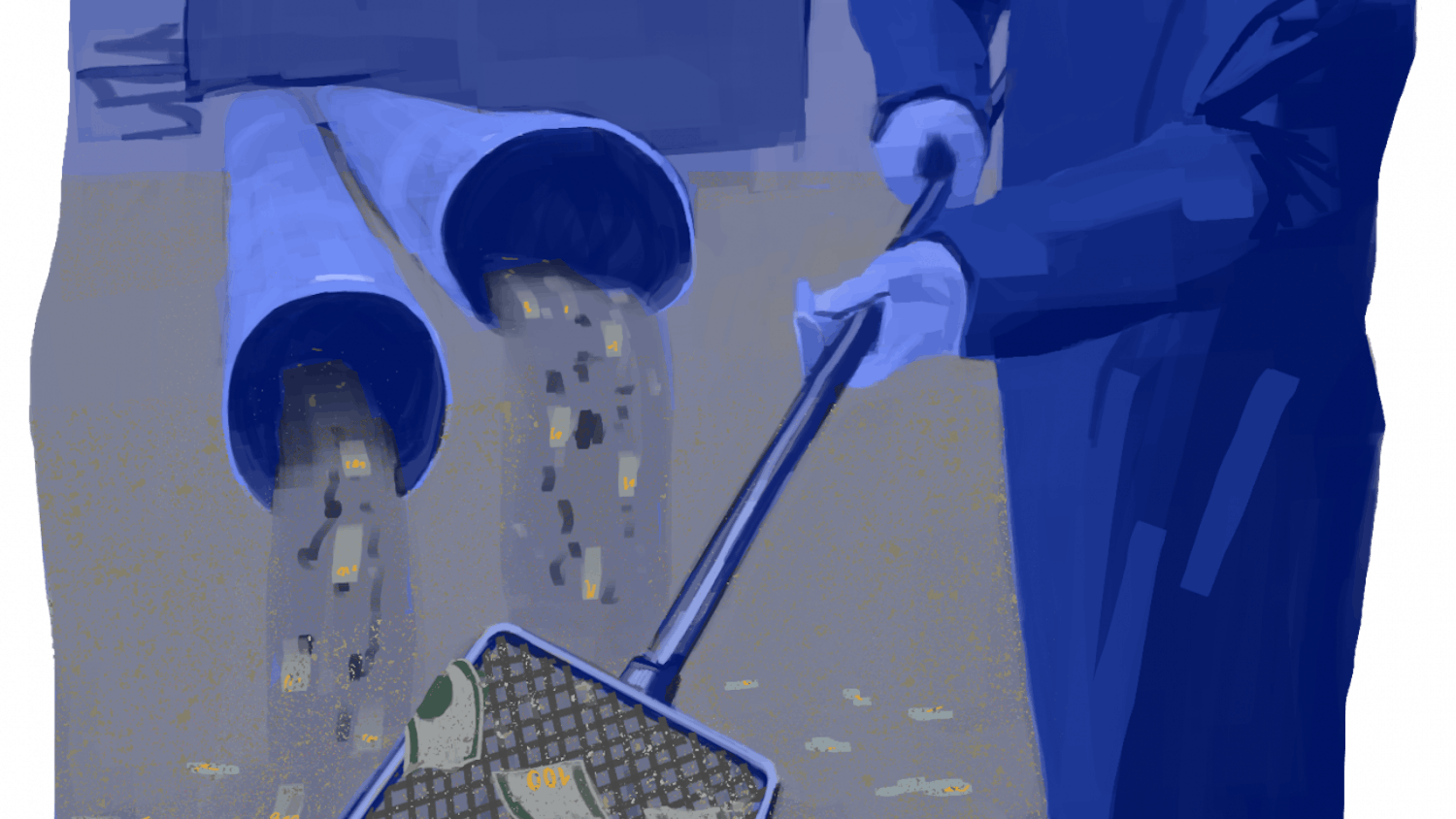Anthropodermic books are not all the Hay has to offer by way of eccentric collection pieces, as independent researcher S.J. Wolfe found. Nestled among the John Hay Library's rare book collections is an 1859 broadside printed on paper made of processed mummy wrappings.
Wolfe, a senior cataloguer and serials specialist at the American Antiquarian Society in Worcester, Mass., is currently working on a comprehensive database of all the Egyptian mummies and mummy parts that remain in the U.S. The database has around 1,249 entries, Wolfe said, and represents about 550 individuals.
Each entry in the database covers 25 categories, including the sex of the mummy, when it was first imported into the U.S. and the museum in which it is currently located. While the database is not currently available online, Wolfe said she hopes to post the information on the Web.
Ten years ago, Wolfe began collecting information on Egyptian mummies imported to the U.S. after coming across references to 19th-century American paper allegedly made of mummy wrappings. This prompted her to write the book "Mummies in Nineteenth Century America: Ancient Egyptians as Artifacts," which was published in 2009.
"I would take a week off and do nothing but divide (information from the database) into a hundred (articles) a page … That's how the book was written — from little snippets of information," Wolfe said. She began to organize the material she found online and in newspapers into sets of databases in order to facilitate her research.
After posting a request for information on a rare book listserv, Wolfe was contacted by Richard Noble, rare book cataloguer at the Hay. Noble alerted Wolfe to the presence of a broadside printed on paper made from mummy wrappings in the library's collections.
"This was a smoking gun," Wolfe said. "The broadside was the key," until "we found supporting evidence," she said.
The broadside in question is entitled "Hymn: for the bi-centennial anniversary of the settlement of Norwich, Conn." and was printed by the Chelsea Manufacturing Company, Noble said.
"Mummy paper was once thought of as a myth, or an urban legend," Wolfe said. She said the broadside is the first document referencing the use of mummy wrappings for paper that she has come across in her research.
Since her discovery at the Hay, Wolfe has found multiple paper mills in Maine that in the 19th century produced paper from mummy wrappings. The mummies were stripped of their wrappings and the linen rags were washed before being processed, she said.
"This whole 19th-century attitude is incomprehensible to us — we're so into preservation now," Wolfe said. Some mummies were "hacked at with axes and knives," she said, to separate the linen wrappings from the bodies.
Wolfe described herself as a self-taught Egyptologist, and said her fascination with Ancient Egypt began when she was as young as three or four. Wolfe visited an art museum in Springfield, Mass., and for the first time, saw a mummy's outer coffin.
Wolfe said the biggest challenge to conducting her research is acquiring data.
"Because I'm not affiliated with a university or a doctoral program, it has been hard to get information," she said. Very little detailed work documenting the circulation of mummies around the U.S. had been done prior to her project, and museum curators do not always cooperate with requests for information, she said.
Wolfe said she intends to continue building the database as she uncovers more information — her book was just a starting point, she said. "What I would dearly love to do is produce a field book of mummies in American museums."




